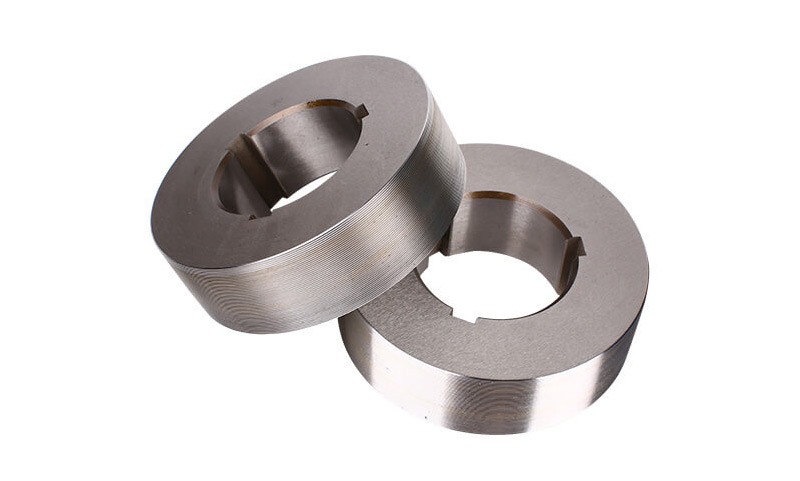
8 月 . 06, 2024 11:31
Back to list
Understanding the Function and Importance of Shut-off Valves in Industrial Applications
Understanding Shut-off Valves Importance and Functionality
Shut-off valves play a crucial role in various industrial and domestic applications by controlling the flow of liquids and gases. These valves are designed to stop or allow the flow through pipelines, helping to ensure safety, efficiency, and system integrity. In this article, we will explore the significance, types, and applications of shut-off valves.
What is a Shut-off Valve?
A shut-off valve is a mechanical device that can open or close a passageway in a pipeline, thereby regulating the flow of fluid. They are essential components in plumbing, heating, and various industrial processes. The primary function of a shut-off valve is to isolate sections of piping to enable maintenance, repairs, or emergencies without draining the entire system.
Importance of Shut-off Valves
1. Safety One of the major reasons for installing shut-off valves is to enhance safety. In case of a leak or rupture in the piping system, being able to quickly close the valve can prevent potential hazards such as flooding or fire hazards from flammable gases.
2. System Maintenance Shut-off valves allow for regular maintenance of the pipeline system without needing to drain the entire system. This capability is particularly vital in complex installations where downtime must be minimized.
3. Efficiency By regulating the flow of fluids, shut-off valves help maintain optimal operating conditions in various systems. This efficiency can lead to energy conservation and lower operational costs.
4. Control Shut-off valves provide operators with control over the fluid dynamics within a system. This control is crucial for processes that require specific flow rates or pressures.
Types of Shut-off Valves
.
1. Gate Valves These valves use a gate mechanism that moves up or down to allow or block flow, providing minimal resistance when fully open. They are typically used in on/off applications, but not for throttling flow.
صمام الإغلاق

2. Ball Valves Featuring a spherical disc with a hole through it, ball valves are known for their quick operation and tight sealing capabilities. They are ideal for applications requiring frequent on/off control.
3. Globe Valves Globe valves have a spherical body and are used for regulating flow. They offer better throttling capabilities than gate valves but can create more resistance in the flow path.
4. Check Valves Although primarily designed to prevent backflow, check valves often function as shut-off valves in specific applications by allowing fluid to flow in only one direction and closing in response to reverse flow.
Applications of Shut-off Valves
Shut-off valves are utilized across various industries, including
- Water Supply Systems Used to control municipal water supplies, shut-off valves isolate sections of the network for repairs or during emergencies.
- Oil and Gas In these highly regulated industries, shut-off valves are crucial in controlling the flow of hydrocarbons and ensuring the safety of operations.
- Manufacturing Industries rely on shut-off valves to manage steam, chemicals, and other fluids in many manufacturing processes.
- Residential Use In home plumbing systems, shut-off valves are often installed under sinks and behind toilets to allow for quick access to shut off water when performing repairs.
Conclusion
Shut-off valves are indispensable components in fluid control systems, providing safety, operational efficiency, and maintenance capabilities. Understanding the different types and applications of these valves can help in selecting the right valve for any system, ensuring dependable operation and safety in fluid management. As industries continue to evolve and develop more complex systems, the importance of reliable shut-off valves will only grow, underlining their critical role in modern engineering and infrastructure.
Latest news
-
Unlocking The Quality Gas Pressure ReducersNewsNov.01,2024
-
The Role of Gas Pressure Reducing StationsNewsNov.01,2024
-
The Importance and Functionality of Safety Relief ValvesNewsNov.01,2024
-
The Essential Role of Safety Valves in Natural Gas ApplicationsNewsNov.01,2024
-
The Essential Role of Gas Pressure RegulatorsNewsNov.01,2024
-
Enhance Your Premium Gas FiltersNewsNov.01,2024

